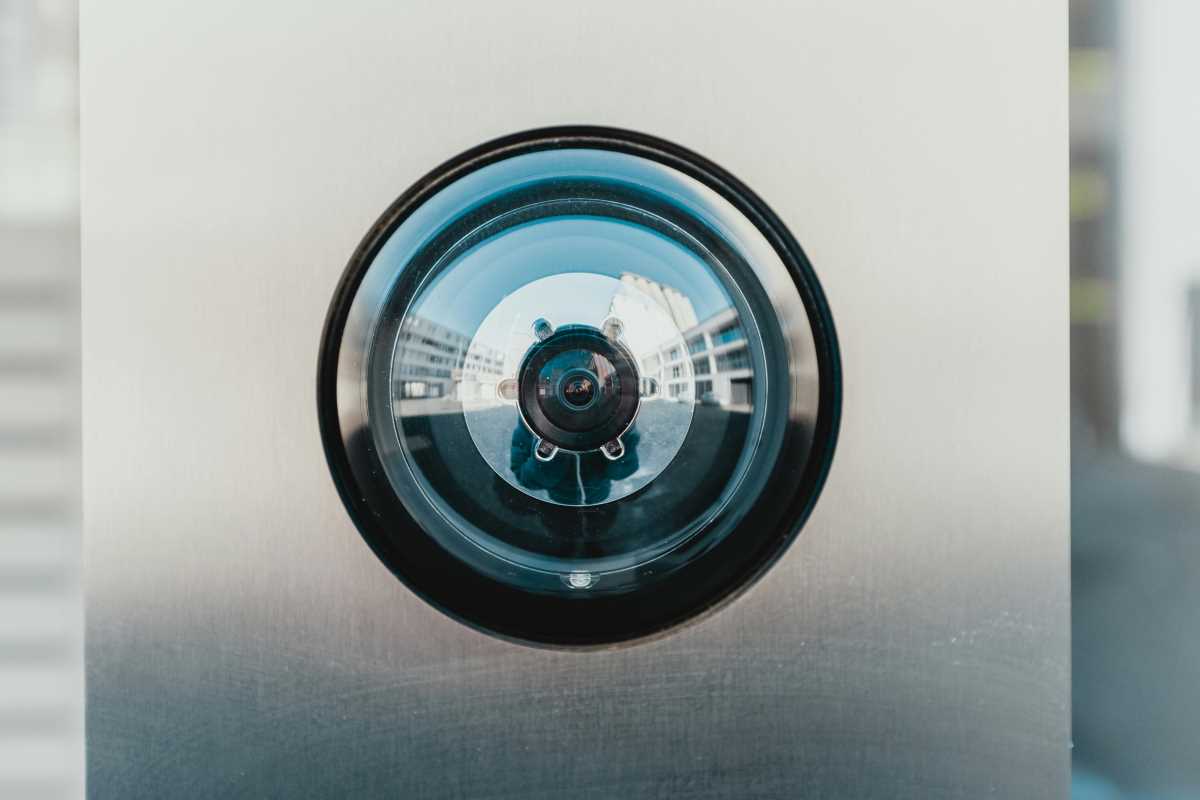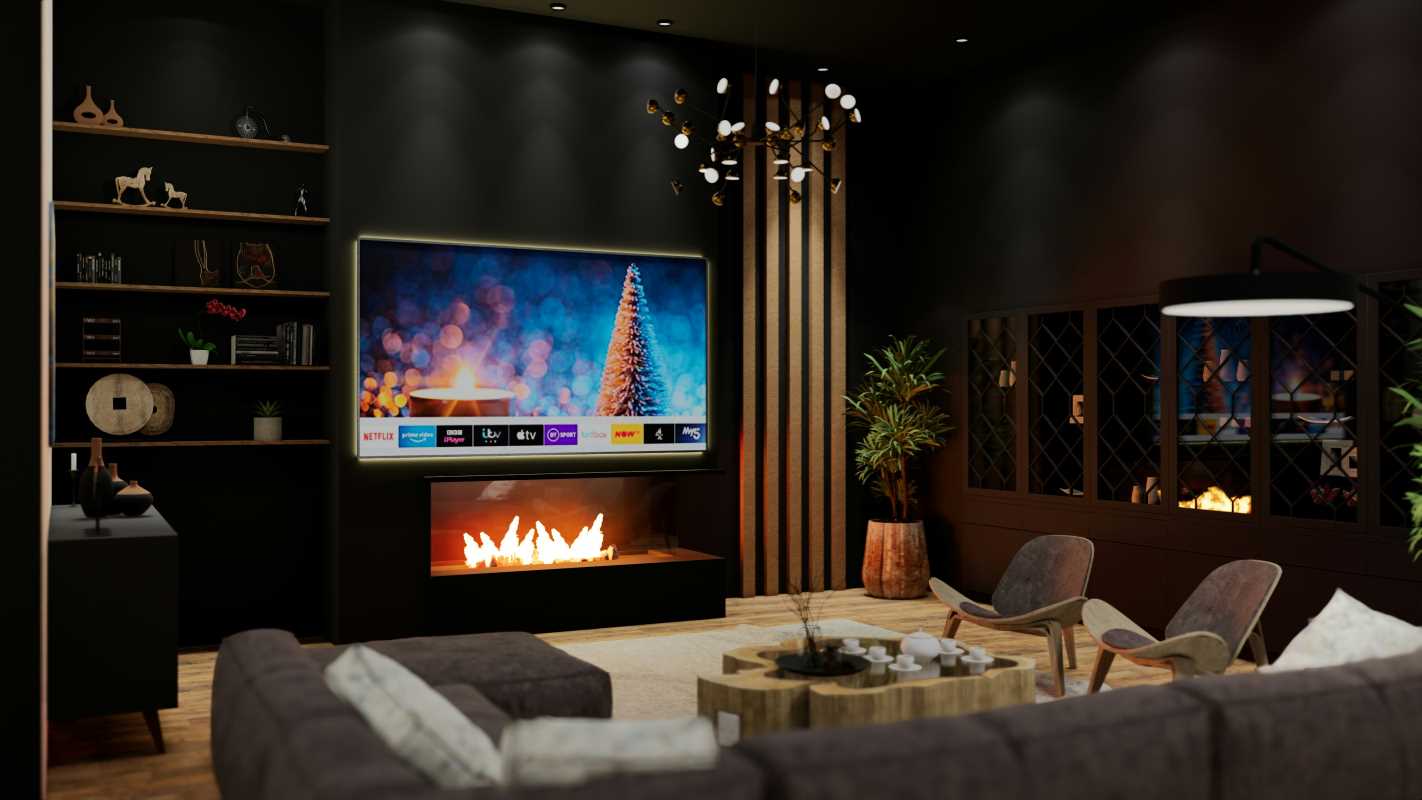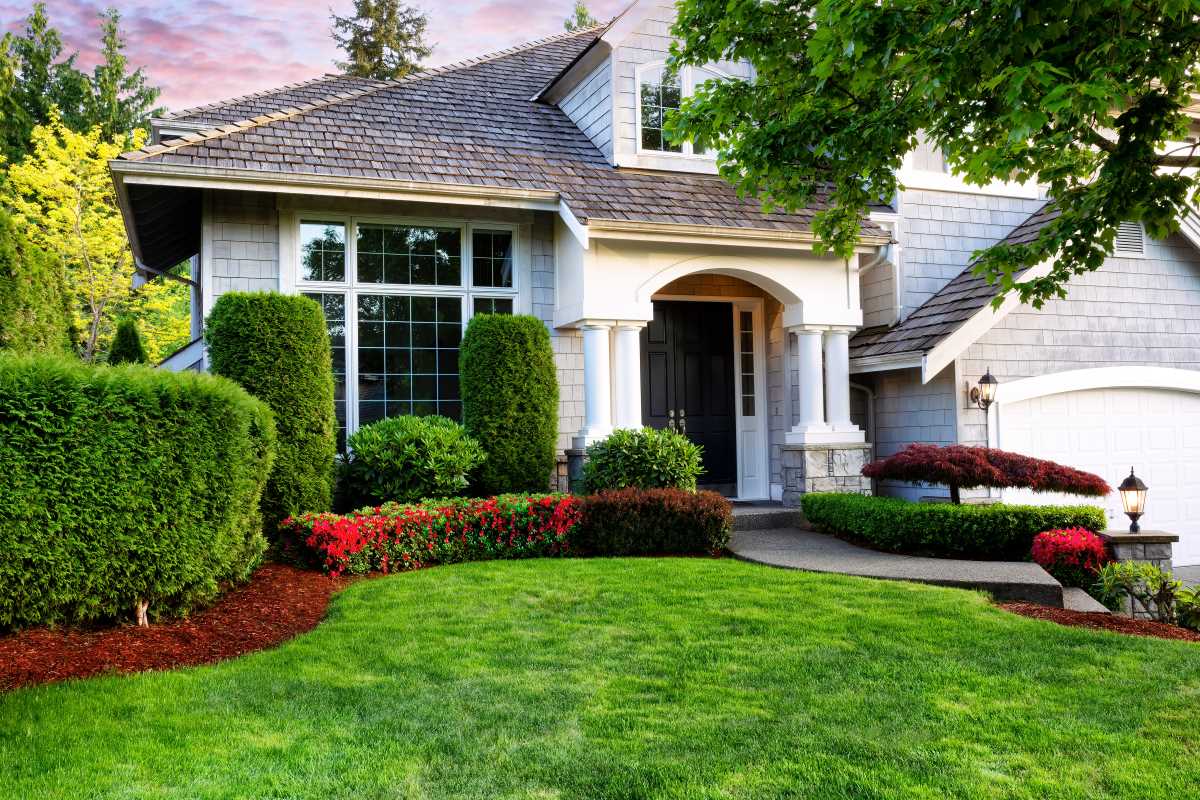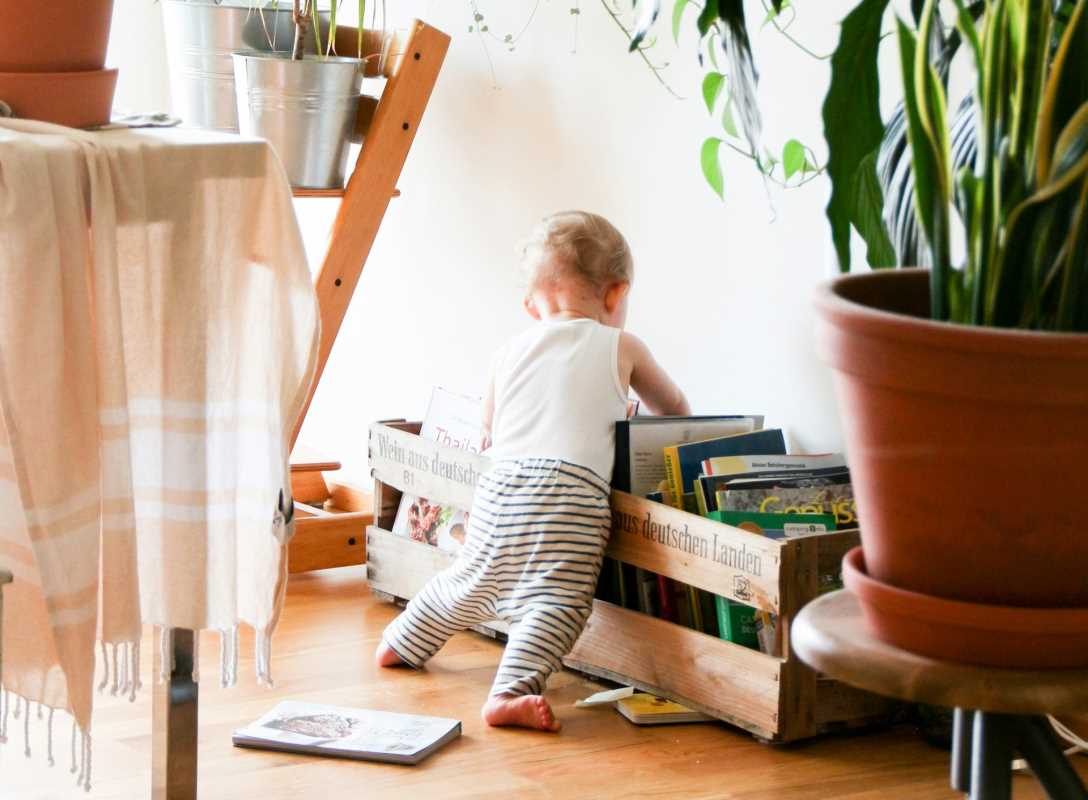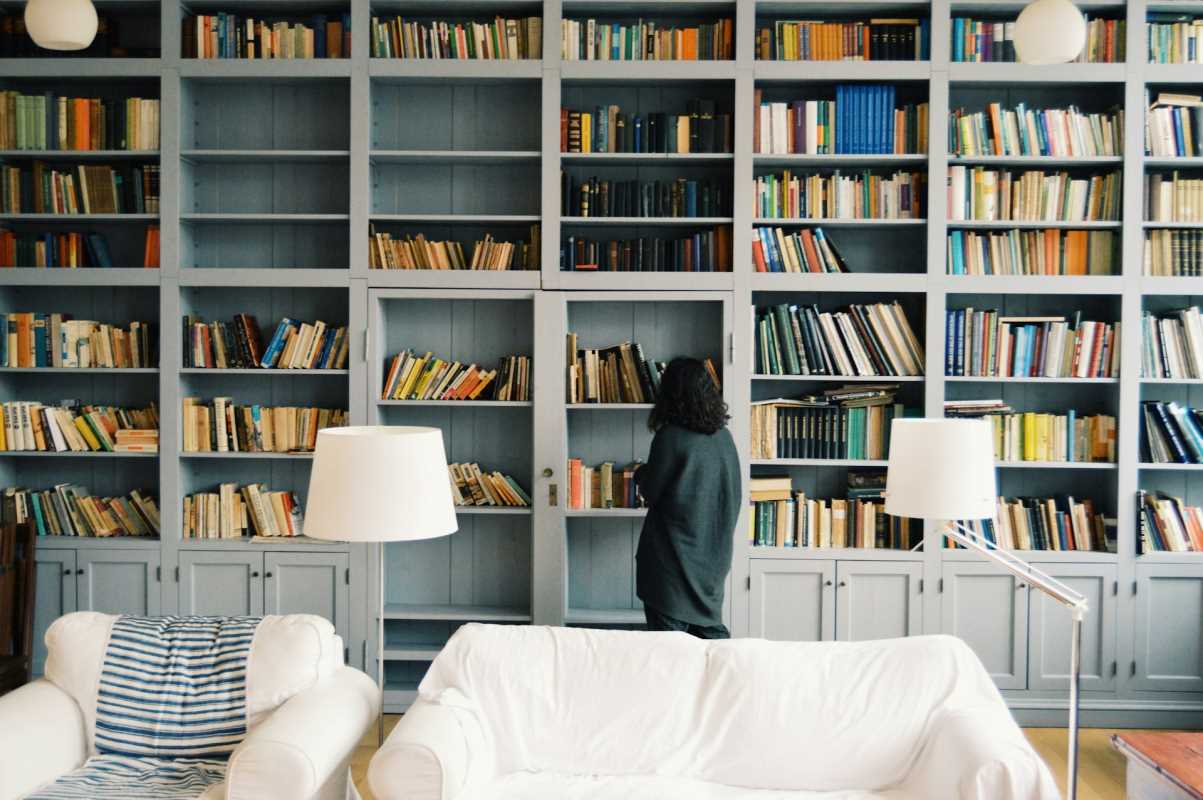Living in a small space like an apartment, tiny home, or condo presents unique challenges. You want to make your home comfortable and efficient without adding clutter or running up your utility bills. This is where smart home technology comes in. Many people think of smart homes as sprawling mansions with complex systems, but the opposite is often true. The best smart devices are designed to maximize efficiency and convenience, making them perfect for smaller living areas. Combining smart tech with an eco-friendly mindset allows you to reduce your environmental impact, save money, and create a more comfortable home. We will explore specific, easy-to-implement smart home upgrades that are ideal for small spaces and a green lifestyle.
Why Smart Tech is a Perfect Match for Small, Green Homes
Smart technology helps you automate and control various aspects of your home, like lighting, temperature, and energy use, directly from your phone or with voice commands. This level of control is a game-changer for eco-conscious living. You can precisely manage your resource consumption, eliminating waste that often goes unnoticed in a typical household.
In a small space, every square foot and every dollar counts. Bulky, inefficient appliances are not an option. Eco-friendly smart upgrades are typically sleek, minimalist, and designed to do more with less. They help you shrink your carbon footprint and your utility bills simultaneously. You gain convenience while contributing to a healthier planet. It’s a win-win situation where modern technology supports sustainable living.
Smart Lighting: The Brightest Idea for Small Spaces
Lighting is one of the easiest and most impactful places to start your smart home journey. Traditional incandescent bulbs are energy vampires, converting about 90% of their energy into heat instead of light. Smart LED bulbs are the solution.
Upgrade to Smart LED Bulks
Smart LEDs use up to 85% less energy than their old-fashioned counterparts and can last for years. For a small space, their benefits are even more pronounced. You can buy individual smart bulbs to replace existing ones in lamps and fixtures, so there's no need for complicated wiring.
These bulbs connect to your Wi-Fi network and are controlled via an app. You can dim them, change their color, and set schedules. Imagine scheduling your lights to turn off automatically when you leave for work or to dim in the evening as you wind down. This automation prevents you from accidentally leaving lights on, which is a common source of energy waste.
Smart Plugs for Your Existing Lamps
Maybe you love the vintage lamp you found at a thrift store but wish it was smarter. A smart plug is your answer. You plug the smart plug into the wall outlet and then plug your lamp (or any other simple electronic device) into the smart plug.
Voila! Your old lamp is now a smart lamp. You can turn it on and off remotely through an app or set it on a schedule. This is perfect for managing floor lamps, desk lamps, or even holiday lights in a small apartment without having to buy all-new fixtures.
Intelligent Climate Control with a Smart Thermostat
Heating and cooling account for nearly half of the energy used in a typical home. A smart thermostat is a powerful tool for slashing that consumption, and its benefits are quickly felt in a smaller space that heats and cools faster.
How Smart Thermostats Work
A smart thermostat learns your habits. It figures out when you're home, when you're away, and what temperatures you prefer at different times of the day. It uses this information to create an automatic heating and cooling schedule that optimizes for comfort and energy savings.
Many smart thermostats, like the Google Nest or Ecobee, use sensors or your phone's location to tell when you've left the house. They will then automatically adjust the temperature to an energy-saving "eco" mode. You can also control them remotely, so if you're heading home early on a cold day, you can turn up the heat from your phone and arrive to a cozy apartment. This targeted approach ensures you aren't paying to heat or cool an empty room.
The Advantage in a Small Space
In a studio apartment or a one-bedroom, a single smart thermostat can manage your entire living area's climate with precision. The device's learning algorithms mean you stop wasting energy by overheating or overcooling, which leads to significant savings on your monthly bills.
Manage Energy Vampires with Smart Plugs and Power Strips
You have already seen how smart plugs can upgrade your lamps, but their potential goes much further. They are one of the most versatile and affordable eco-friendly gadgets for any home.
Taming Phantom Power
Many of your electronics continue to draw power even when they are turned off. This is known as "phantom power" or "vampire energy," and it can account for up to 10% of your electricity bill. Common culprits include your TV, coffee maker, microwave, and computer chargers.
Smart plugs and smart power strips cut power off at the source. You can schedule them to turn off completely during times you know you won't be using them, such as overnight or during work hours. For example, you can create a "shutdown" routine that turns off your entire entertainment center with a single tap on your phone or a voice command before you go to bed.
Practical Uses in a Small Apartment
- Kitchen: Use a smart plug for your coffee maker, toaster, or electric kettle. They don't need to be on standby all day.
- Living Area: Connect your TV, gaming console, and speakers to a smart power strip to eliminate phantom load from your entertainment setup.
- Home Office: Put your computer monitor, printer, and chargers on a smart plug schedule to ensure they are off when you are not working.
Smart Window Coverings for Passive Heating and Cooling
Your windows are a major source of heat gain in the summer and heat loss in the winter. Smart blinds or shades give you effortless control over the natural light entering your home, acting as a passive form of climate control.
Automate Your Blinds for Efficiency
Smart window coverings can be scheduled to open and close at specific times of the day. In the summer, you can program them to close during the hottest afternoon hours to block out the sun's rays. This simple action can keep your apartment cooler, reducing the need to blast the air conditioning.
In the winter, you can do the opposite. Schedule the blinds to open in the morning to let in sunlight, which naturally warms your home. They can then close automatically at dusk to provide an extra layer of insulation, trapping that warmth inside. This synergy with your smart thermostat creates a highly efficient climate management system. While they can be a bigger investment, the long-term energy savings and convenience are substantial.
Getting Started on Your Eco-Friendly Smart Home
Creating a green smart home in a small space doesn't have to be overwhelming or expensive. The key is to start small and focus on the areas that have the biggest impact on your energy consumption.
- Start with Lighting: Begin by swapping out a few bulbs in high-use areas for smart LEDs or by adding a smart plug to a favorite lamp.
- Tackle Climate: A smart thermostat is often the next logical step. It offers one of the best returns on investment in terms of energy savings.
- Manage Your Gadgets: Use smart plugs to identify and eliminate phantom power from your electronics.
By making these strategic upgrades, you can transform your small space into a model of efficiency. You will enjoy a more comfortable, convenient lifestyle while knowing you are reducing your environmental impact and saving money in the process.
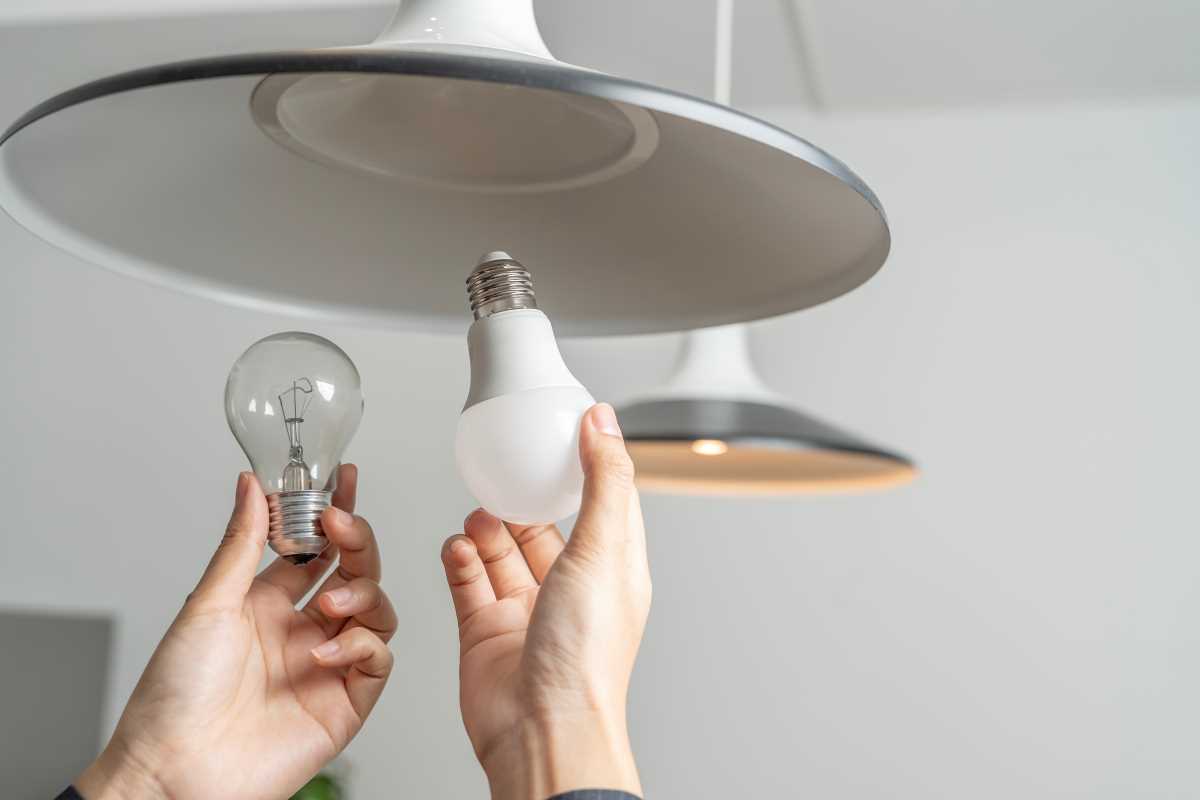 (Image via
(Image via
